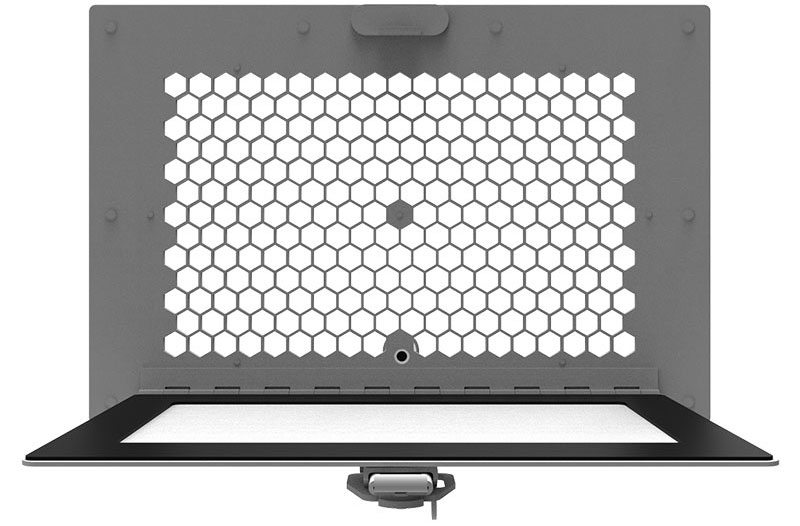Partial Discharge Inspection
What to expect from a Partical discharge inspection
Whether you're managing pad-mounted transformers, substation gear, or other high-voltage equipment, Partial Discharge (PD) inspections help detect failure modes before they lead to costly downtime. Learn how our team uses tools like ultrasound parabolic dishes, contact probes, and Transient Earth Voltage (TEV) sensors to uncover internal discharge threats—without powering down your system.
PD inspections are a failure mode detection method our trained Field Inspection Technicians (FITs) can perform on energized equipment. It provides a highly early indication that a critical electrical asset may fail. PD inspections can help confirm transformer oil testing results or serve as a standalone detection technique for failure modes such as:
- Insulation deterioration
- Arcing/electrical discharges
- Breakdown in transformer insulating liquid

What is partial discharge?
In plain terms, a partial discharge is the result of an electrical breakdown that—over time—degrades an asset’s insulation or conductive components, leading to failure. Partial discharge can affect transformers, bushings, arrestors, switchgear, cables, and many other substation components over 1000V.
How do PD inspections find failure modes so early?
Partial discharge inspections can pinpoint electrical issues in your network early before the condition leads to catastrophic failure. Partial discharges emit energy in several ways: electrical pulse currents, dielectric losses, light, sound, increased gas pressure, and chemical reactions. Based on the energy emitted, multiple detection methods exist, such as Ultrasound and Transient Earth Voltage (TEV).
Ultrasound, the first line of defense, is based on pattern changes in the ultrasonic waves. These can be detected long before other preventive maintenance tests pick up on other indicators.
Types of partial discharge
TRACKING
A surface discharge that builds a conducive path across the surface allowing the condition to grow and and lead to an eventual failure.
CORONA
The air around a connection becomes ionized and starts to break down the Oxygen into Nitrogen Oxide, leaving a residue on the connections and insulators that can change to Nitric Acid with exposure to humidity and water.
TREEING
The continuous impact of partial discharges in solid dielectrics from the breakdown area forms discharge channels which grow in a tree-like formation.
SURFACE DISCHARGE
Appears at the boundary of different insulation materials.
INTERNAL DISCHARGE
Occurs in voids or cavities within solid or liquid dielectrics.
Utilizing IR Windows for Ultrasound
IR windows allow for safe IR thermography on energized equipment and should be installed on switchgear, breaker panels, and cabinet transformer doors to avoid the risk of arc flash inherent in opening energized equipment. IR windows can include an optional ultrasound port and allow for the extra benefit of collecting ultrasonic data when performing regular IR scans. SDMyers can help install IR windows on your cabinet transformer doors, as well as your metal-enclosed and metal-clad switchgear.

Partial discharge is an important puzzle piece.
Reliability-centered substation maintenance is centered on gathering and analyzing as much condition data as possible before assets fail. Broadly, there are five core planned maintenance activities that can be deployed in a transformer program: visual inspections, oil testing, infrared scanning, electrical testing, and partial discharge testing. Partial discharge offers especially powerful insight into your transformer health when combined with other maintenance activities, such as oil testing.

 Please wait while logging in.
Please wait while logging in.